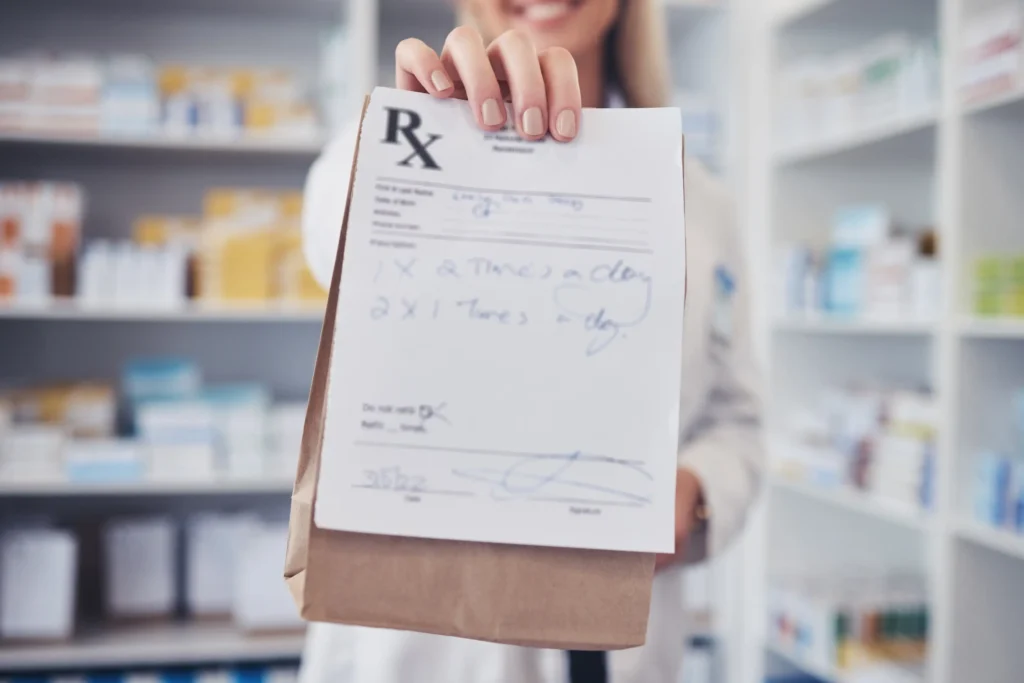Transferring a prescription from CVS to your local pharmacy is a simple step that can improve your medication management.
Whether you want to relocate to a different place, seek more personalized attention, or prefer the convenience of a local pharmacy, the transfer procedure guarantees that your healthcare remains consistent.
This article shares the necessary steps to ensure a smooth and timely transfer. Understanding these procedures can help you complete the prescription transfer quickly and smoothly.
Reasons to Transfer a Prescription
A local pharmacy offers more customized treatment. Its pharmacists are familiar with your medical history and may provide specialized recommendations.

Pharmacy can help you transfer your prescription
Besides reduced wait times, you can also establish a closer relationship with the personnel, building trust and improved communication. Additionally, supporting local businesses helps boost the community’s economy. Local pharmacies can provide flexible options like home delivery or customized packaging, making medication management more accessible and tailored to your lifestyle demands.
A Guide for Prescription Transfer
Gather Required Information
Begin by acquiring the prescription data, which includes the medicine name, dose, and prescription number. You will also need the CVS pharmacy’s contact information, such as the phone number and location. Contact your local pharmacy to confirm their ability to fill the prescription and provide them with the CVS information. Finally, check your insurance coverage at the new pharmacy to minimize disruptions. Having all of this information ahead of time promotes a smooth and fast prescription transfer.
Contact Your Local Pharmacy
After gathering all relevant data, call your local pharmacy to enable the transfer of your prescription. Begin by giving them your current prescription information, which includes the medicine name, dose, and the original pharmacy’s contact. This step promotes a seamless transition and enables the new pharmacy to verify and conduct the transfer quickly. Be prepared to provide your identity and any further information requested to finish the procedure. Clear contact with your local pharmacy helps eliminate delays and ensures that your medicine is seamlessly managed during the transfer.
Allow Time for the Transfer
Once you have called your local pharmacy, you should factor in the time needed to execute the transfer. Give them a few days to call CVS, confirm the prescription information, and ensure the drug is accessible. This procedure entails typically counter-checking the authenticity of your prescription and, if there are any modifications or updates, obtaining authorization from your prescribing doctor. Keeping open lines of contact with both pharmacies during this time will assist in speeding up the transfer and avoiding delays in receiving your prescription. Patience and cooperation are essential to ensure a successful transition.
Confirm the Transfer
To make sure the prescription has been received and completed, get in touch with your neighborhood pharmacy. This phase guarantees that there are no delays or problems throughout the procedure. Allow the pharmacy a reasonable length of time to complete the transfer is necessary since this may vary based on their workload and the specifics of your prescription. After the prescribed period has passed, contact the pharmacist to check that your prescription is available for collection or if any further information is required. This approach helps to prevent any changes in your prescription schedule.
Pick up Your Medication
Once the prescription has been correctly transferred and the medication has arrived at the new pharmacy, you will be notified, usually by phone call or text. Visit the pharmacy with a valid form of identification and, if necessary, your insurance details. They will verify your information and give the prescription as required. Before leaving, check the medications and instructions provided and address any questions or concerns with the pharmacist.
Special Considerations
While transferring a prescription is usually a simple process, in some instances, things could go wrong. Some states have strict regulations that make it impossible to accept the transfer of illegal pharmaceuticals. It may be necessary for you to inquire with the sending and receiving pharmacy, as not all drugstores accept these transfers. The process can take longer if the neighborhood pharmacy does not stock your prescription. It is also crucial to make sure the local pharmacy is included in the network by confirming with your insurance provider once more.
To transfer a prescription from CVS to your local pharmacy, collect your prescription information, contact the new pharmacy, and let them handle the transfer procedure. Your medication transfer will be quick if you communicate clearly and provide correct information. By following these easy steps, you may manage your healthcare requirements with ease and peace of mind.




